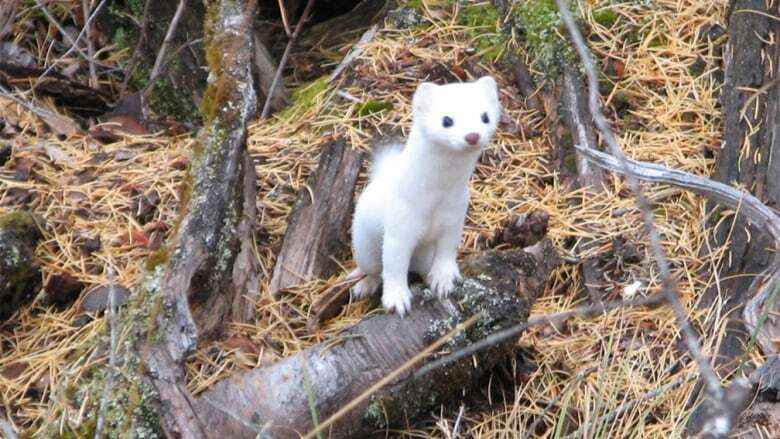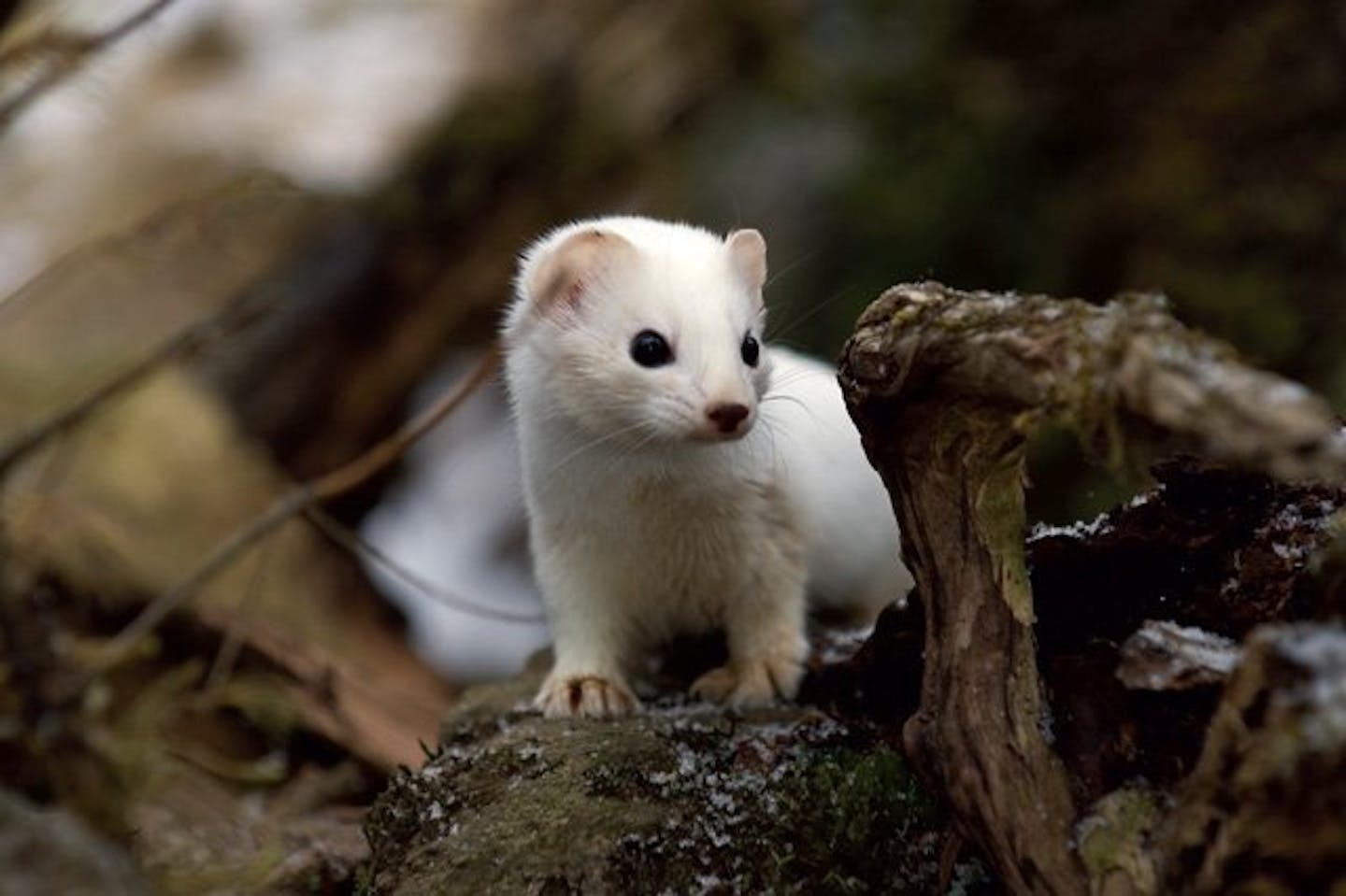Haida ermine: Cute, newly discovered members of the weasel family
Our “Species of the Week” series highlights the flagship species of each of the 844 unique ecoregions contained within Earth’s bioregions.
Ninety kilometers off the coast of British Columbia lies a chain of islands outlined by pristine coastlines with steep slopes full of evergreen forests. Formerly known as the Queen Charlotte Islands, Haida Gwaii is named in honor of the Haida people known for their craftsmanship and seamanship. It is the most isolated archipelago off the Pacific coast of Canada and years of seclusion have created a variety of species found nowhere else in the world. Slinking in between branches, roots, and brush of the forest floor is bright, white, weasel-like Haida ermine.

Haida ermines are the flagship species of the Haida Gwaii Conifer Forests ecoregion, located in the Pacific Northwest Coastal Forests bioregion (NA15).
Perhaps the cutest member of the weasel family, Haida ermine has a mouse-like head, big eyes, and a fuzzy brown summer coat that turns white in the winter. Despite measuring anywhere from 17 to 33 cm (6.7 to 13 inches) in length, they are fierce hunters. Shrews, mice, rats, squirrels, and even rabbits are part of their diet. Like all other species of ermines or stoats, they do not dig their own burrows but nest in the chambers of the rodents they’ve removed. Rodent cycling is an essential component of the tundra ecosystem and specialized predators like these are helpful for keeping populations maintained.

Image credit: Creative Commons, Forest Service Northern Region
Mating occurs April–July and females undergo embryonic diapause, meaning that the embryo does not immediately become fertilized, but rather lies dormant for a period of nine to ten months. This allows for the offspring to be born the following spring. The young, are born blind, deaf, and toothless. Males become sexually mature at 10–11 months, while females are sexually mature as soon as 2–3 weeks. With such short adolescence, females spend almost all their lives either pregnant or in heat.
Hiding in plain sight, this particular species of ermine was not uniquely identified by scientists until 2013. With an elongated skull differing from both known species, researchers sequenced their DNA to solve the mystery. It was found to be a hybrid of the Mustela erminea from Eurasia, which includes 18 subspecies, and Mustela richardsonii found in North America, with 13 subspecies. However, 3,000 years of remote evolution have made this ermine receive its own classification. Mustela haidarum can only be found on the Haida Gwaii and Prince of Wales Island in Southeast Alaska.



